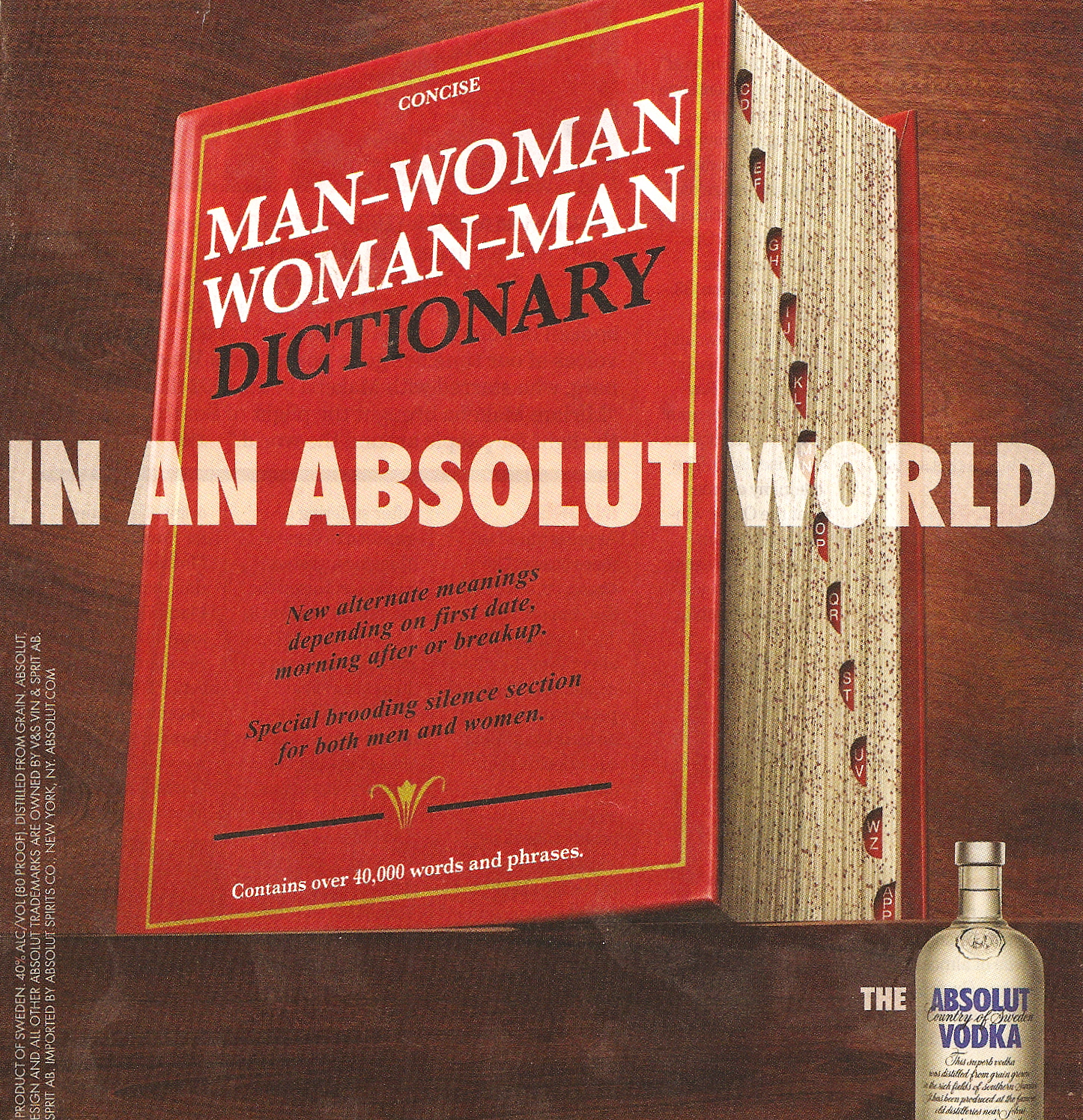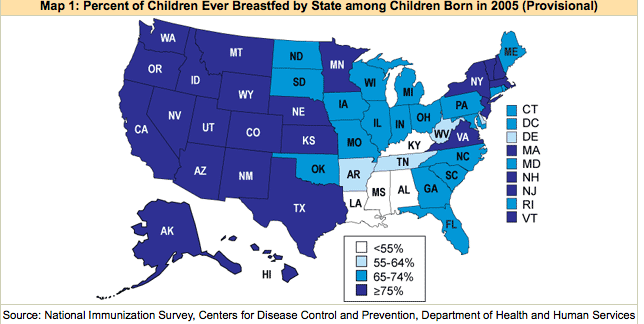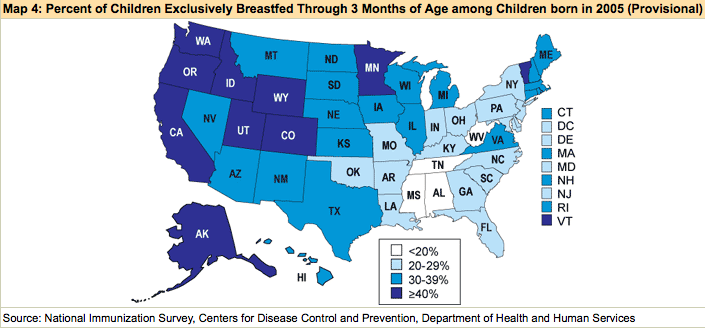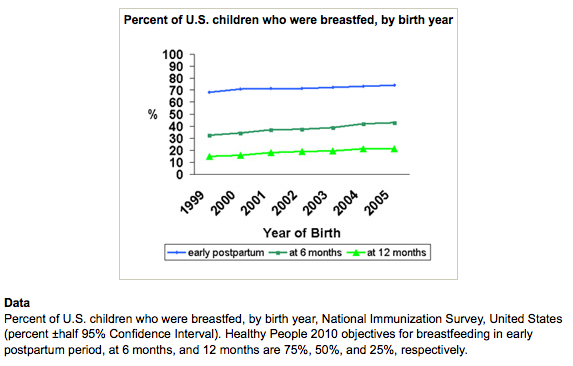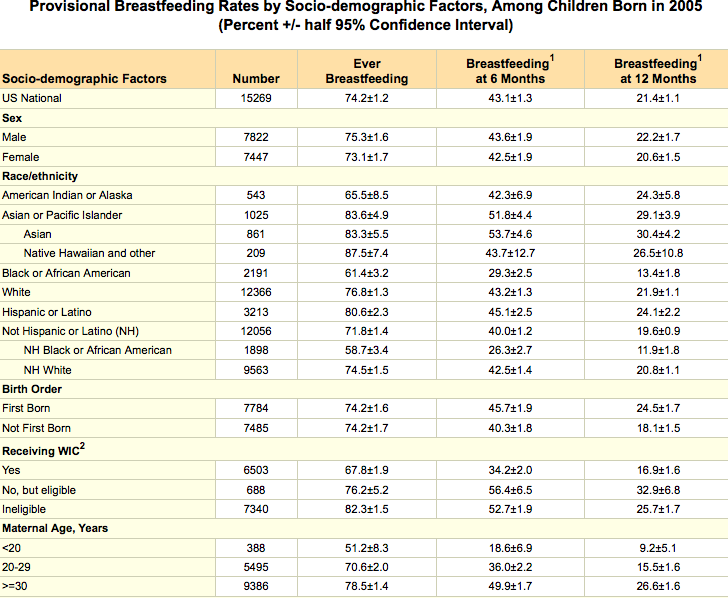Miguel E. sent us a link to a story about Natural High, a Japanese company that reportedly makes “extreme” pornography. The producer, Sakkun, felt bad that many children in Africa live in poverty and so he sent a porn star to Kenya to have sex with African men (on film, of course). The company gave a Kenyan aid organization one million yen (around $10, 800 U.S.) and 1,000 more (currently about $10.77 U.S.) is donated for every DVD sold (story here). Images and discussion after the jump:
gender
Welcome to Christmas 2008!
Rose McM. sent us this great example of rigidly gender-coded toys from the Sears Wish Catalog (click to enlarge):
NEW! (Jan. ’10): Sarah O. snapped this photo of toys that teach girls they should cook and care for babies, while boys can build things and be doctors:

See also these posts on the Rose Petal Cottage and Tonka Trucks (“built for boyhood!”).
Lisa Wade, PhD is an Associate Professor at Tulane University. She is the author of American Hookup, a book about college sexual culture; a textbook about gender; and a forthcoming introductory text: Terrible Magnificent Sociology. You can follow her on Twitter and Instagram.
I found this Absolut Vodka ad in Entertainment Weekly:
It draws on that whole Men Are from Mars, Women Are from Venus ideology in which men and women are so different we can barely understand each other without expert help.
UPDATE: Commenter ihdl pointed out this German dictionary, titled Woman-German, German-Woman: Quick Help for the Clueless Man:
And Emberiza noted that a Man-German, German-Man is available as well:
Thanks for pointing them out!
The 1966 and 1976 editions of this old board game illustrate both historical ideas about gender and the way they can change in just ten years.
The 1966 version for girls (found here):

Options for girls include going to charm school to become a model, nursing school to become a nurse, drama school to become an actress, college to become a teacher, ballet school to become a ballet dancer, or airline training school to become an airline hostess.
The 1966 version for boys (found here):

Options for boys include going to law school to become a statesman, graduate school to become a scientist, medical school to become a doctor, college to become an athlete (!?), technical school to become an engineer, or flight school to become an astronaut.
They revised the girl’s game (I’m not sure about the boy’s game) in 1976 (found here). Girls could now choose between going to medical school to become a surgeon, the riding academy to be a jockey, flight training school to be an astronaut, college to be a commentator, drama school to be a director, and law school to be a lawyer.
I wonder if the revised boy’s version included going to college to become an elementary school teacher, to medical school to be a pediatrician, or to a dance academy to become a dancer. I predict not.
We’re talking about the medicalization of pregnancy and the natural childbirth and breastfeeding movements in my Women’s Studies class, so here are some data on rates of breastfeeding in the U.S., which you might use for a discussion of ideals of motherhood, medicalization, and the difficulties of integrating breastfeeding with full-time work. The regional patterns are also fascinating.
This map shows the percent of children born in 2005 ever breastfed at all (including those supplemented with formula):
This one shows the percent of children who were only breastfed (no formula supplementing) for the first three months:
And here we have the rates of exclusive breastfeeding up to 6 months. Notice how low the rates are, with many states having 10% or less of children breastfed exclusively for that long:
Here are overall rates:
And overall rates of kids ever breastfed, including with formula supplementing:
About 25% of babies are supplemented with formula within the first 48 hours:
Here’s a whole lot of information on rates of breastfeeding:
In general, higher incomes are associated with higher rates of breastfeeding, which probably partially explains some of the other patterns (regional, race, etc.). My guess is many people will attribute this to cultural factors–the idea that highly-educated women with higher incomes have access to more information about breastfeeding, are more aware of how important it is, and have more access to support systems that encourage breastfeeding. I suspect part of it is also that some women–particularly those with higher incomes–are more able to take time off work to stay home for at least a short while, making breastfeeding easier. Of course, the paradox there is that the very families who can least afford expensive formula are most likely to use it.
All images found at the Centers for Disease Control and Prevention’s breastfeeding website.
I just discovered the entirely excellent website Asian Nation, run by C.N. Le and full of great information about the Asian American community. Here are some tables showing what percent of various Asian American groups are married to spouses of the same or other groups, updated as of October 2007 using Census data (an explanation of the three columns follows):
Ok, now to explain the three columns of numbers. The first one presents data for all marriages that include at least one Asian American spouse–this will include large numbers of immigrants who were married before they moved to the U.S. The second column includes only those marriages where at least one spouse was raised in the U.S., defined as either born here or moved here by age 13. The third column includes only those marriages where both spouses were raised in the U.S. According to Le, this group represents less than 25% of all marriages including an Asian partner, but “…has the advantage of including only those who were raised and socialized within American society and its racial dynamics. It is this U.S.-raised population that best represents young Asian Americans, since they are the ones who have the most exposure to prevailing American cultural images and media.”
Not surprisingly, endogamous (in-group) marriage rates drop off significantly among U.S.-raised Asian Americans. There are other interesting gender patterns as well. Notice, for instance, that Chinese, Vietnamese, Korean, and Filipina women are quite a bit more likely to be married to a White partner (the most common out-group spouses) than are men, and for the remaining groups, women are slightly more likely to be married to a White spouse. You might discuss the social and historical factors that might cause that pattern, and compare it to the trend in marriages with a Black and a White spouse, in which the gender pattern is usually reversed–Black men are more likely to be married to Whites than are Black women. It might also be worth noting that Korean and Filipina women are significantly less likely to marry endogamously than the other Asian American ethnic groups.
In this video, Campbell Brown analyzesGov. Ed Rendell’s comments, overheard due to standing too close to an open mic, that Janet Napolitano is perfect for secretary of Homeland Security because she has no family (you can also see the video here if the CNN site doesn’t play correctly).
In fact, the wage gap between men and women is made up, almost entirely, by the comparison between men (fathers or not) and mothers. Women without children make significantly more money than mothers. Conversely, fathers make slightly more than men without children.
Women without children do pretty well at work in the U.S. Of course, about 90% of adult women are mothers.
Lisa Wade, PhD is an Associate Professor at Tulane University. She is the author of American Hookup, a book about college sexual culture; a textbook about gender; and a forthcoming introductory text: Terrible Magnificent Sociology. You can follow her on Twitter and Instagram.
Welcome to Christmas 2008!
Rose McM. sent us this great example of rigidly gender-coded toys from the Sears Wish Catalog (click to enlarge):
NEW! (Jan. ’10): Sarah O. snapped this photo of toys that teach girls they should cook and care for babies, while boys can build things and be doctors:

See also these posts on the Rose Petal Cottage and Tonka Trucks (“built for boyhood!”).
Lisa Wade, PhD is an Associate Professor at Tulane University. She is the author of American Hookup, a book about college sexual culture; a textbook about gender; and a forthcoming introductory text: Terrible Magnificent Sociology. You can follow her on Twitter and Instagram.
I found this Absolut Vodka ad in Entertainment Weekly:
It draws on that whole Men Are from Mars, Women Are from Venus ideology in which men and women are so different we can barely understand each other without expert help.
UPDATE: Commenter ihdl pointed out this German dictionary, titled Woman-German, German-Woman: Quick Help for the Clueless Man:
And Emberiza noted that a Man-German, German-Man is available as well:
Thanks for pointing them out!
The 1966 and 1976 editions of this old board game illustrate both historical ideas about gender and the way they can change in just ten years.
The 1966 version for girls (found here):

Options for girls include going to charm school to become a model, nursing school to become a nurse, drama school to become an actress, college to become a teacher, ballet school to become a ballet dancer, or airline training school to become an airline hostess.
The 1966 version for boys (found here):

Options for boys include going to law school to become a statesman, graduate school to become a scientist, medical school to become a doctor, college to become an athlete (!?), technical school to become an engineer, or flight school to become an astronaut.
They revised the girl’s game (I’m not sure about the boy’s game) in 1976 (found here). Girls could now choose between going to medical school to become a surgeon, the riding academy to be a jockey, flight training school to be an astronaut, college to be a commentator, drama school to be a director, and law school to be a lawyer.
I wonder if the revised boy’s version included going to college to become an elementary school teacher, to medical school to be a pediatrician, or to a dance academy to become a dancer. I predict not.
We’re talking about the medicalization of pregnancy and the natural childbirth and breastfeeding movements in my Women’s Studies class, so here are some data on rates of breastfeeding in the U.S., which you might use for a discussion of ideals of motherhood, medicalization, and the difficulties of integrating breastfeeding with full-time work. The regional patterns are also fascinating.
This map shows the percent of children born in 2005 ever breastfed at all (including those supplemented with formula):
This one shows the percent of children who were only breastfed (no formula supplementing) for the first three months:
And here we have the rates of exclusive breastfeeding up to 6 months. Notice how low the rates are, with many states having 10% or less of children breastfed exclusively for that long:
Here are overall rates:
And overall rates of kids ever breastfed, including with formula supplementing:
About 25% of babies are supplemented with formula within the first 48 hours:
Here’s a whole lot of information on rates of breastfeeding:
In general, higher incomes are associated with higher rates of breastfeeding, which probably partially explains some of the other patterns (regional, race, etc.). My guess is many people will attribute this to cultural factors–the idea that highly-educated women with higher incomes have access to more information about breastfeeding, are more aware of how important it is, and have more access to support systems that encourage breastfeeding. I suspect part of it is also that some women–particularly those with higher incomes–are more able to take time off work to stay home for at least a short while, making breastfeeding easier. Of course, the paradox there is that the very families who can least afford expensive formula are most likely to use it.
All images found at the Centers for Disease Control and Prevention’s breastfeeding website.
I just discovered the entirely excellent website Asian Nation, run by C.N. Le and full of great information about the Asian American community. Here are some tables showing what percent of various Asian American groups are married to spouses of the same or other groups, updated as of October 2007 using Census data (an explanation of the three columns follows):
Ok, now to explain the three columns of numbers. The first one presents data for all marriages that include at least one Asian American spouse–this will include large numbers of immigrants who were married before they moved to the U.S. The second column includes only those marriages where at least one spouse was raised in the U.S., defined as either born here or moved here by age 13. The third column includes only those marriages where both spouses were raised in the U.S. According to Le, this group represents less than 25% of all marriages including an Asian partner, but “…has the advantage of including only those who were raised and socialized within American society and its racial dynamics. It is this U.S.-raised population that best represents young Asian Americans, since they are the ones who have the most exposure to prevailing American cultural images and media.”
Not surprisingly, endogamous (in-group) marriage rates drop off significantly among U.S.-raised Asian Americans. There are other interesting gender patterns as well. Notice, for instance, that Chinese, Vietnamese, Korean, and Filipina women are quite a bit more likely to be married to a White partner (the most common out-group spouses) than are men, and for the remaining groups, women are slightly more likely to be married to a White spouse. You might discuss the social and historical factors that might cause that pattern, and compare it to the trend in marriages with a Black and a White spouse, in which the gender pattern is usually reversed–Black men are more likely to be married to Whites than are Black women. It might also be worth noting that Korean and Filipina women are significantly less likely to marry endogamously than the other Asian American ethnic groups.
In this video, Campbell Brown analyzesGov. Ed Rendell’s comments, overheard due to standing too close to an open mic, that Janet Napolitano is perfect for secretary of Homeland Security because she has no family (you can also see the video here if the CNN site doesn’t play correctly).
In fact, the wage gap between men and women is made up, almost entirely, by the comparison between men (fathers or not) and mothers. Women without children make significantly more money than mothers. Conversely, fathers make slightly more than men without children.
Women without children do pretty well at work in the U.S. Of course, about 90% of adult women are mothers.
Lisa Wade, PhD is an Associate Professor at Tulane University. She is the author of American Hookup, a book about college sexual culture; a textbook about gender; and a forthcoming introductory text: Terrible Magnificent Sociology. You can follow her on Twitter and Instagram.


